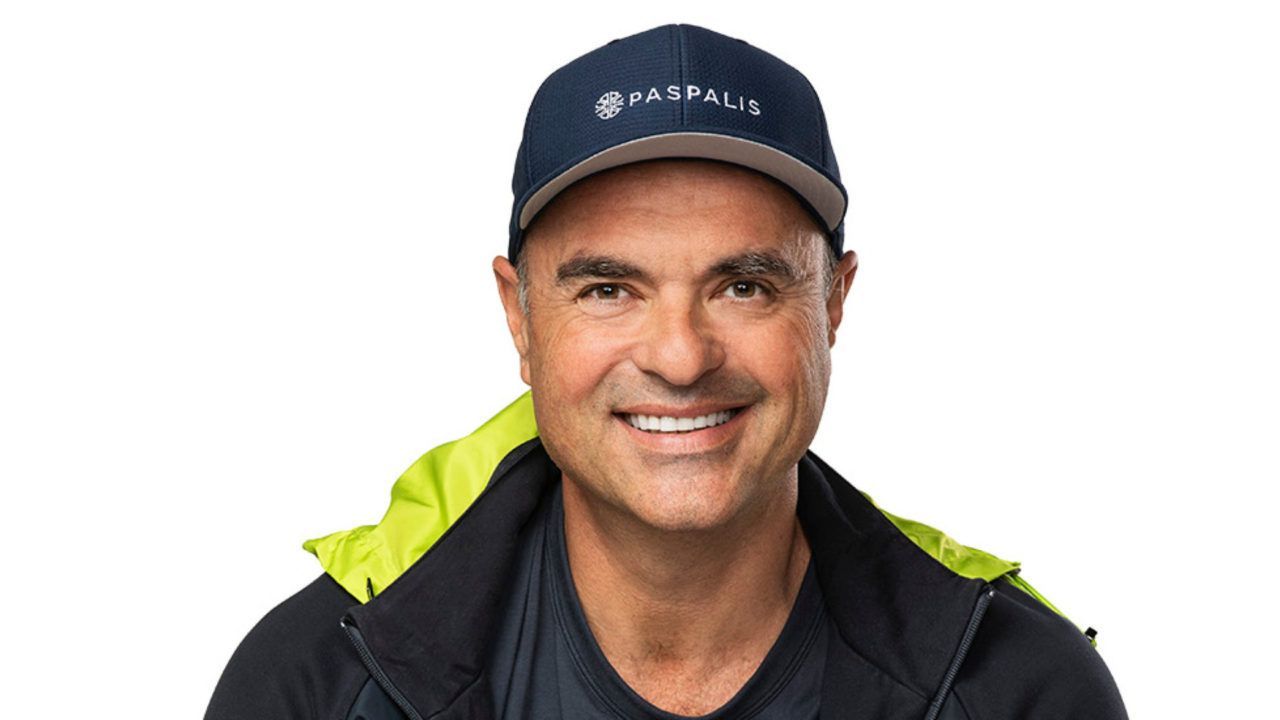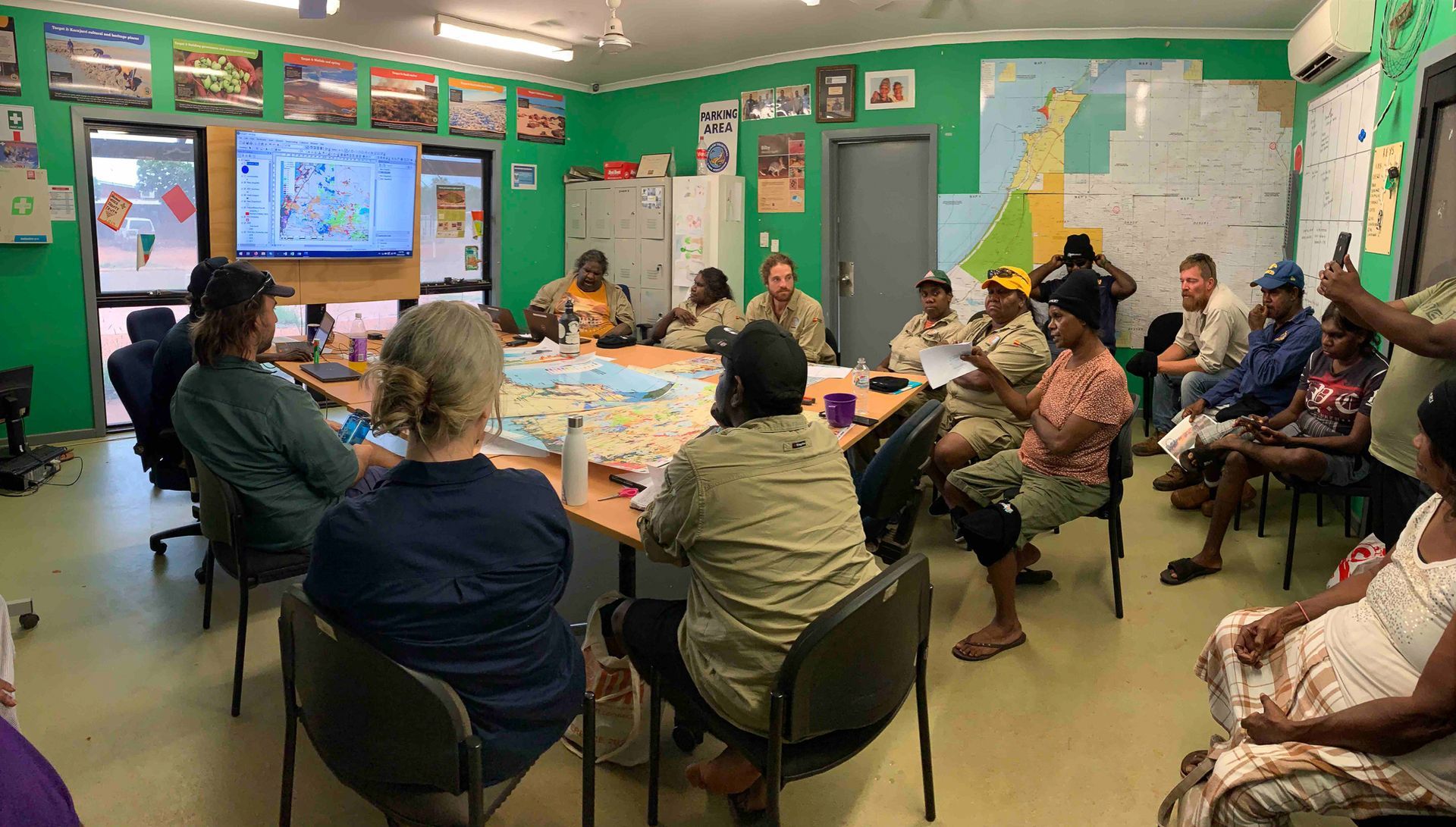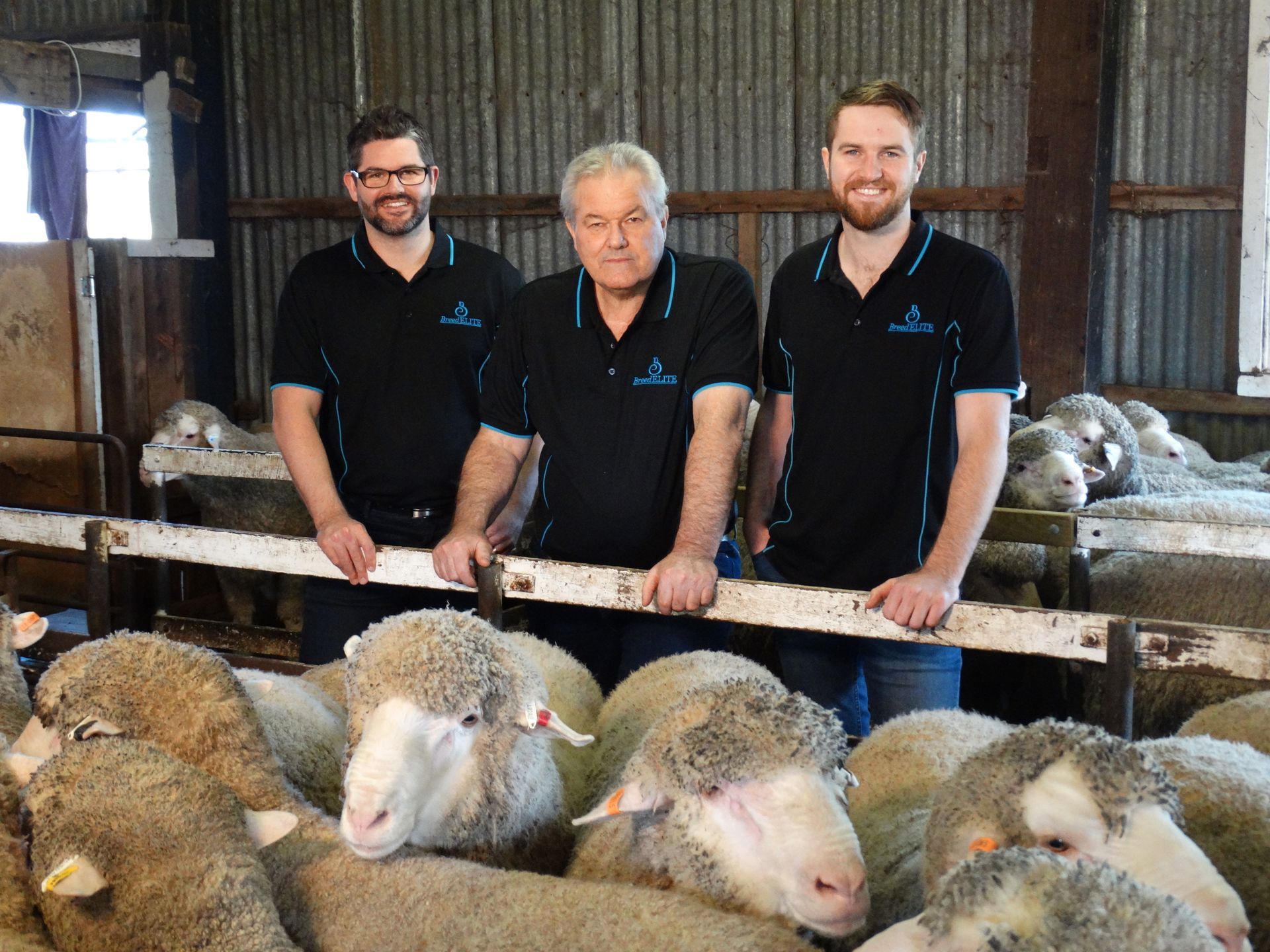Return of the GEDI: A force for good in Australia's Medical Research Sector
If the health and medical research sector in Australia is to move forward, it must address gender equity, diversity, and inclusion- which means making the sector a safe and inclusive workspace for all.

In a recent speech by a long-standing champion and advocate for gender equity, the room was asked to stop pretending the issues women faced in the 80s and 90s are actually any different to what is happening now. Men are still awarded higher value grants, women are disproportionately disadvantaged as they remain the main care givers, and bullying and sexism is still rife. The speech was supposed to be celebratory, but I was glad for this insight that gave me reason to pause and think.
In previous roles I have headed the strategy and engagement for Science in Australia Gender Equity (SAGE), a program that aims to achieve systemic change for gender equity, diversity, and inclusion by adopting the Athena SWAN model. In other positions I have firmly kept gender equity on the agenda when working within funding agencies. Now I am pausing and asking if I, and the greater scientific community, should be happy with the progress we’ve made. Spoiler alert – it’s a no.
As CEO at AAMRI, representing 58 of Australia’s medical research institutes, I am firmly putting this at the top our priority list. AAMRI is calling for an equal split in funding allocation between men, women, and trans researchers, and reconsideration of what a fair merit-based system looks like. We have a Gender Equity, Diversity and Inclusion (GEDI) Strategy and Action Plan, with an emphasis on actions that encourage and enable a workforce of people with different backgrounds.
The GEDI action plan also has a firm focus on driving cultural and structural changes to address biases that result in gender imbalance and inequities. We’re helping Institutes actively make changes at their Institutes through the Respect in Research project – which aims to create safer and more respectful workplaces by eliminating gendered and sexual harassment.
By mid-2023, we’ll be delivering sector-specific best practice recommendations for actively preventing and responding effectively to sexual harassment, while also beginning to embed best practice principles that promote more inclusive and respectful work cultures.
I don’t expect this to be a silver bullet, but my aim is that when I am making speeches in a couple of decades, I won’t have to say we’re looking at the same problems. I’m not naïve enough to think there won’t be new issues, but I’ll welcome addressing different issues if some of this low hanging fruit, that has spent way too long on this metaphorical tree, is dealt with.
I want to ensure we have a protected workforce to maintain the vibrancy, innovation, and continuation of our health and medical research sector in a rapidly changing world. If we continue burdening ourselves with these decades’ old issues, then science will suffer as we won’t have the best and brightest minds working to their full capacity.
Addressing gender equity and supporting a diverse workforce can only result in long term better outcomes for our community and economy.










